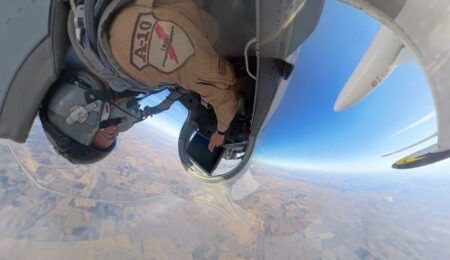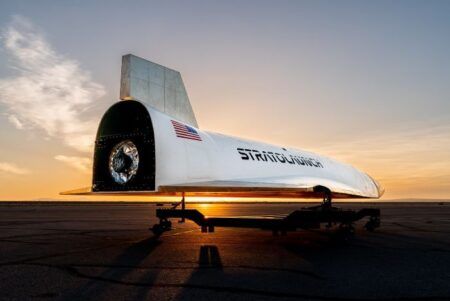A recent successful test flight of an upgraded flight management system suite for the E-3 Sentry (AWACS) provides the warfighter with enhanced battle management capabilities.
The AWACS aircraft provides an integrated command and control battle management, surveillance, target detection and tracking platform, as well as an accurate, real-time picture of the battlespace to the Joint Air Operations Center.
The upgrade ensures compliance with current and future air traffic control requirements, giving the aircraft broader access to conduct battle management operations in airspace around the world. It resolves issues of non-sustainable analog equipment with commercially viable digital avionics, replacing 1970s-era systems; it also reduces cockpit crew personnel from four to three by automating the navigation function.
The test flight took place on April 20 at Boeing Field in Kent, Washington, as part of the Air Force’s CNS/ATM DRAGON, program, which stands for Communication, Navigation and Surveillance/Air Traffic Management Diminishing Manufacturing Sources Replacement of Avionics for Global Operations and Navigation. Officials have said the benefits springboard the AWACS platform into the future while reducing overall system maintenance and sustainability costs.
The program now enters the flight test qualification phase to prove out any unique Air Force requirements. On completion, program managers anticipate delivery of modified D1 aircraft to the 552nd Air Control Wing at Tinker Air Force Base, Oklahoma, in May 2017. There, the aircraft will undergo government operation test and evaluation and then production modification for the rest of the fleet, to be accomplished by the depot staff at Tinker AFB, beginning in 2018.
The CNS/ATM DRAGON program is a cooperative program between the USA and NATO. NATO’s first aircraft, known as N1, completed testing in April and is nearing completion of the full engineering and manufacturing development phase.
May 20, 2016




